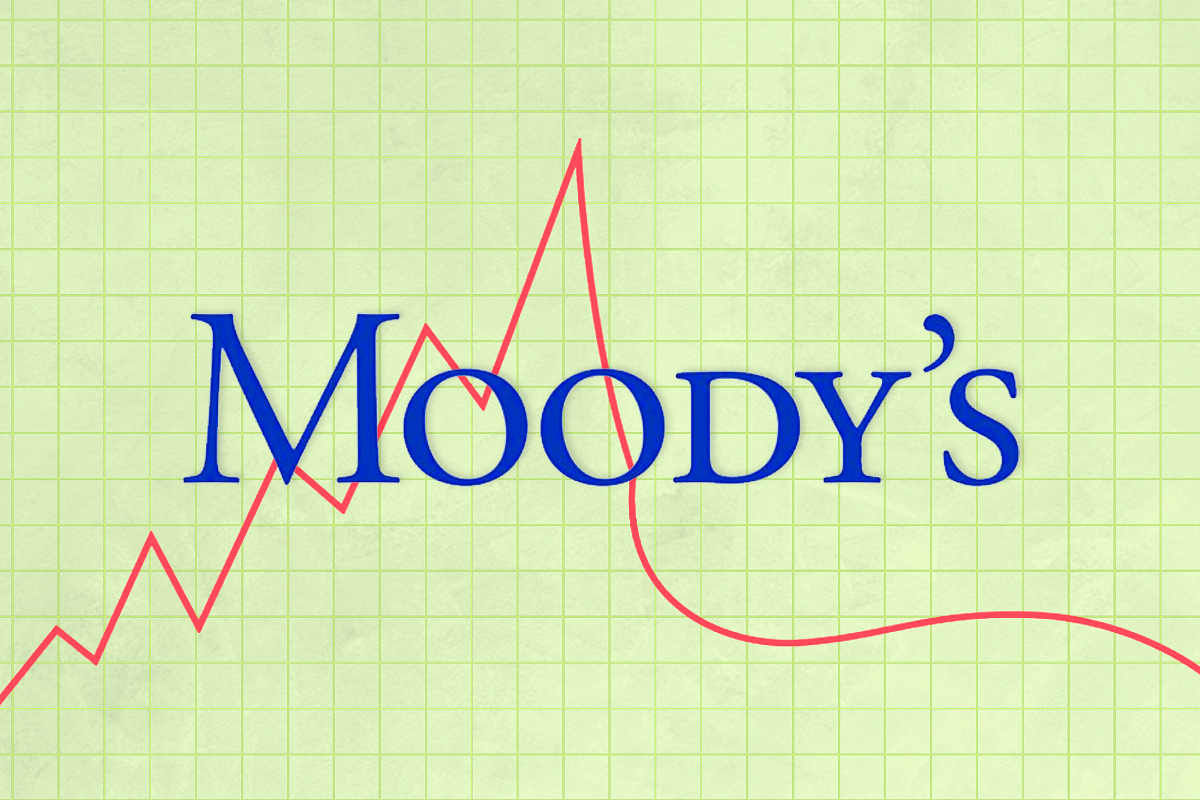Economy
Why We Need To Downgrade Moody’s
- India’s ability to attract capital depends not on the ratings, but our innate growth story and huge consumption market.
- Here are the reasons why the ratings downgrade matters little for now.

Moody’s
Moody’s has downgraded India’s sovereign rating from Baa2 to Baa3 with a downward (ie, negative) outlook. This is the last notch in investment grade ratings. Should we worry?
Nah!
Given the global scale of the pandemic-induced downturn and pressure on tax resources, there is practically no country that has its fiscal head above water. If anything, it is the rating agencies that deserve a downgrade for sending India, along with 35 others, for a downgrade. Such mass downgrades imply that India’s relative attractiveness for investors remains unchanged.
When a decline in debt-servicing abilities happens across-the-board, the relative ratings of countries do not change much, though investors with too much capital may yet gravitate towards safe havens (the US, gold, etc). For the rest, it is business as usual.
Many commentators, from former Chief Economic Adviser Arvind Subramanian to former Reserve Bank Deputy Governor Rakesh Mohan, have said that ratings will not matter in the short term, and India should go ahead and spend to get growth back up. The time to worry about the debt build-up is later, after the crisis is behind us.
Mohan, in particular, was completely dismissive of the need for India to worry about a ratings downgrade. In an interview to CNBC TV-18 last month, he said that given the global nature of the Covid-19 crisis, “I feel that the credit rating agencies should have been the first ones to be put on lockdown globally”.
He based his statement on two realities. Even after spending $2 trillion in a relief package, the US is expected to give more in terms of fiscal relief later, and its debt-to-GDP ratio will rise beyond 100 per cent.
After the next stimulus, the US stimulus will rise from 10 per cent to 15 per cent of GDP. While India does not have the kind of advantages the US has, it has leeway on raising more debt.
Secondly, the ratings downgrade impacts only foreign investors in Indian debt – which is pretty low. Mohan is thus unworried about ratings downgrades, and said in the same interview. “I wouldn’t worry about the credit rating agencies… they should be locked up and told to go home.”
Additionally, there are three more reasons why the ratings downgrade matters little for now.
First, India’s forex hoard is approaching half a trillion dollars – nearly one-sixth of GDP. At last count, the forex reserves had topped $490 billion, and looked set to rise further. There is thus no risk of any kind of default for foreign investors, whether short-term or long-term.
Two, the economy was showing signs of a pick-up in May itself. While the formal indicators of industrial production are negative and may remain that way at least up to June, petroleum consumption has revived sharply between April, the period of intense lockdown, and May, the scene of relaxations.
In April, petrol consumption fell 60 per cent and diesel by 56 per cent; in May, the drop was down to 36.5 per cent and 31 per cent. This could improve further in June, as more economic activity revives. Rising energy consumption is the first sign of an economic revival in the works.
Third, one can expect an actual stimulus package in July, after most of the lockdown is lifted in most states. This may be accompanied by cuts in goods and services tax (GST) for sectors that need it the most. It is thus more than likely that the July-September quarter will see a sharp spike in both demand and growth, and government revenues should start reflecting this after a lag.
The October-December period is anyway likely to show a further rise, as this is the traditional busy season. With agriculture likely to do well in a good monsoon year, by January-March the economy should be buzzing along at a good clip, especially if the promised reforms in agriculture, labour and land laws are delivered.
India has the capacity to surprise this year – both on the upside and downside. One hopes that Prime Minister Narendra Modi will do the former and embarrass the rating agencies.
India’s ability to attract capital depends not on the ratings, but our innate growth story and huge consumption market. That is what Modi has to rejuvenate.
Support Swarajya's 50 Ground Reports Project & Sponsor A Story
Every general election Swarajya does a 50 ground reports project.
Aimed only at serious readers and those who appreciate the nuances of political undercurrents, the project provides a sense of India's electoral landscape. As you know, these reports are produced after considerable investment of travel, time and effort on the ground.
This time too we've kicked off the project in style and have covered over 30 constituencies already. If you're someone who appreciates such work and have enjoyed our coverage please consider sponsoring a ground report for just Rs 2999 to Rs 19,999 - it goes a long way in helping us produce more quality reportage.
You can also back this project by becoming a subscriber for as little as Rs 999 - so do click on this links and choose a plan that suits you and back us.
Click below to contribute.
Latest